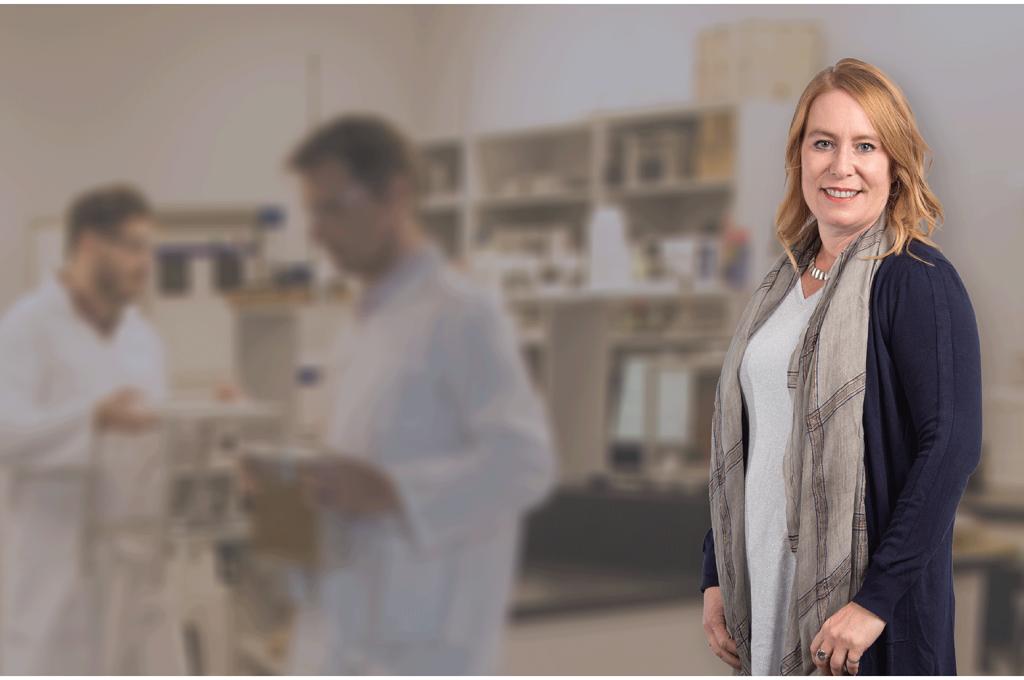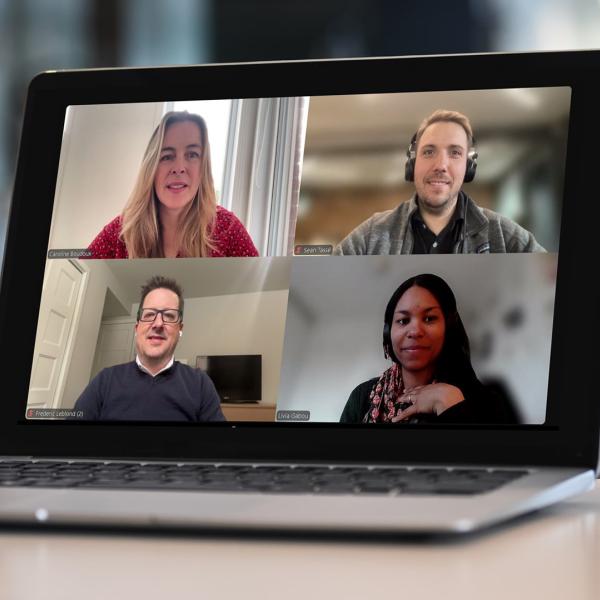Jill and Derrick Green were happily living in Cleveland, Ohio, when they got a call from Derrick’s former professor at the University of New Brunswick. Bruce Balcom, an expert in materials science, had discovered a way to use magnetic resonance imaging to analyse the behaviour of oil and gas inside rocks, and he wanted them to move back to New Brunswick to commercialize it.
“We laughed, because we had a pretty great life down there and thought, ‘no way,’” recalls Jill, a civil engineer. They both had good jobs and had just started a family.
But the couple was intrigued and decided Derrick, an electrical engineer, would take a few days off work and check it out. While waiting to clear customs on his way back, Derrick called his wife.
“He said, ‘Jill, I hate to tell you, but I think we’ve got do this,’” she says. “And so we did.”
Boosting “shockingly low” oil retrieval rates
In 2005, they founded Green Imaging Technologies Inc. in Fredericton, leveraging Balcom’s techniques to develop and commercialize software used in specialized MRI machines. Today, the company is a leader in using MRI to more effectively retrieve oil and gas.
That’s important, says Balcom, because the percentage of oil recovered from a typical reservoir is “shockingly low. Forty percent is good. Even in a good case, the majority of oil is left underground.”
“The dollars involved in this are mind-boggling,” he says. “In some reservoirs, a one per cent improvement could be worth $100,000 a day, every day, for a decade or even a few decades.”
It’s no surprise then that Green Imaging sells its software around the world. It employs 12 people in Fredericton — including highly-skilled software developers and research scientists — and plans to hire a couple more within the next year and a half.
“We serve the biggest oil and gas companies,” says Green. “Any country that’s an oil-producing country would have our software in one of their labs.”
Understanding pressure in the rock
Balcom’s work at UNB’s MRI Centre has been a game changer for oil and gas extraction. In diagnostic medicine, MRI machines use magnetic fields to generate images of the body’s internal structures. They do this by measuring radio frequency signals from hydrogen atoms in water and fat.
There are also hydrogen atoms in the water, oil and gas trapped in rocks, but their signals are harder to detect. Balcom developed methods for tweaking MRI instruments to do the same for rock. Using his technology, it’s possible to understand the pressures within rock structure that hold the oil and gas in place.
“If you understand what the forces are [in the rock structure],” says Green, “you can combat that when you’re trying to get the oil and gas out of the ground.”
Magnet made to measure
Balcom’s most recent research uses a CFI-funded magnet built in the United Kingdom to his specifications. Superconducting magnets usually operate at a fixed magnetic field, and don’t rotate. His magnet, on the other hand, can do both.
Because it takes measurements at different magnetic fields, it can give accurate readings over a broader range of rock types. Its ability to rotate means it can measure fluid behaviour and fluid flow at different orientations.
Thanks to Balcom’s partnership with Green Imaging, Jill and Derrick immediately understood the magnet was an important advancement and saw a new business opportunity in more accurately imaging fluid in rocks.
Even before it was delivered to Balcom’s lab, they approached the UK company about a joint initiative that would see it supply the magnet and the hardware, and Green Imaging supply the software. Together, they would package it as an instrument to be sold to the petroleum industry. The company agreed, helping to catapult Jill and Derrick’s business to a new level.
“We use the power of their reach to market internationally. We know we’re small, but we get to play in a very big marketplace,” says Jill. “Without the CFI funding to help, I’m not sure that we would be where we are.”
Return to the "Research is my business partner" collection





